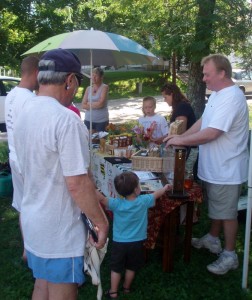
Now that you have grown beautiful vegetables, lovely flowers or have gorgeous chicken eggs, how do you go about selling them at a farmer’s market? What are some of the tricks of the trade and the lessons learned from veterans?
Homework
It is very important to find the right farmer’s market for you. You don’t want to be the fifth person selling cut flowers in a small market. By the same token, you don’t want to be the only one selling traditionally grown at an organic market either.
Talk to other vendors and the organizers often before committing to have a space. Can you try out one week or do they require a full season’s commitment? What are you required to bring and what will be available at your space? Will there be running water or electricity? What about advertising? Do they accept WIC coupons and if so, how does that work for individual vendors?
Take your time to ask a lot of questions. Once you have decided to jump in, you need to plan to have enough produce for the market. Use spread sheets, talk to other farmers and find your local extension agent. They will be good sources of information as you grow.
Display
Farmer Katherine Anderson of Sweet Birch Farm in Douglas, MA, comments “It is really important to have your produce look good on the table – brings people in. We found that having unusual or heirloom seems to draw people in, they ask questions, and they may not even purchase it, but they come in.” She sells at the Douglas Farmers Market.
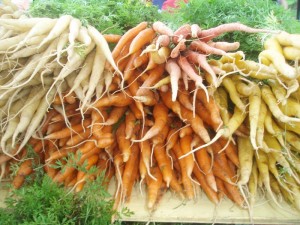
You have to have everything looking really good and ready to sell. Having a colorful display with a large variety of colors, shapes and textures can draw customers into your stall.
Katherine shares, “Farmers market is a lot of work to harvest, wash, bag and weigh everything, then sit there for a few hours – it can kinda take it out of you. But if you are social person it helps. I love being passionate about my product and people love to hear stories about how things grew and pests. Market can be a very rewarding way to connect to customers.”
Pricing
Pricing is always a tricky business. You want to cover your costs, make a reasonable profit and still sell everything. You can use information from the supermarket as well as other local vendors to help you set reasonable prices. If you have a specialty product or something particularly unusual be sure to take that into account in your pricing.
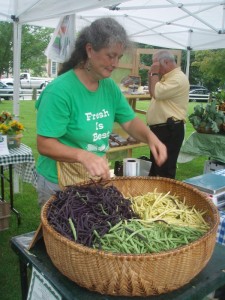
Keep your goals in mind as well. You don’t want to be going home with most of your produce or sell it at a discount at the end of the day. Both will quickly dampen your enthusiasm and won’t build a customer base.
Getting the word out
Ideally you want customers at the Farmer’s Market to look for you every week. Even if your produce changes over the season, you want to build up a relationship with them so they want to visit just to see what you have. Keep connected with these customers on the other six days of the week during the growing season and beyond with social media, a good website and blog. Only start what you feel you can keep up with. Farmer Katherine started a blog, but “it became a guilty burden when I couldn’t really keep it up during the growing season. A blog might work better for a writer.” However, she did create a beautiful website so she could continue the conversation with customers.
The Douglas Farmers Market is part of a group of Markets that banded together to promote historical sites they use and local sourcing of food. They use their website as well as local tourism to promote their markets and vendors.
Final words
Finding the right balance in any endeavor is key to success. Selling at a farmer’s market is no exception. No matter if you grow on 1/10th of acre or 100 acres, doing your homework, pricing your produce correctly, having a colorful display and connecting with customers are a sure recipe for success.


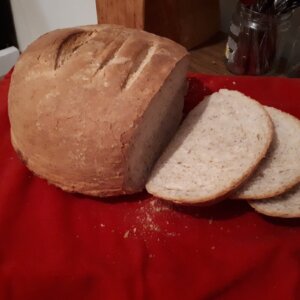
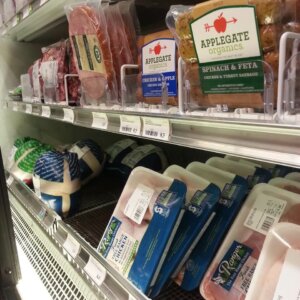
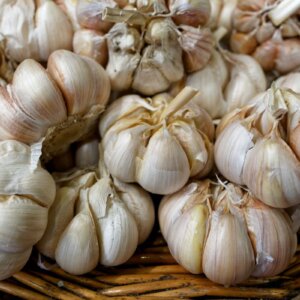


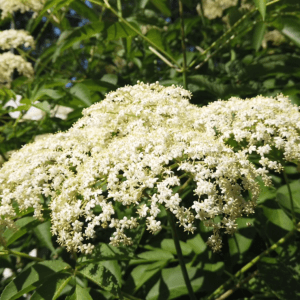







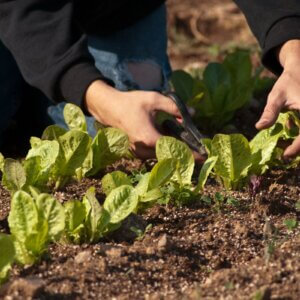


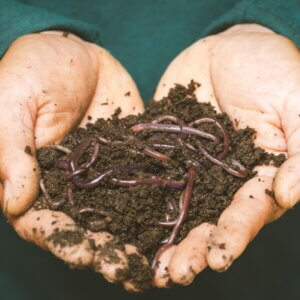






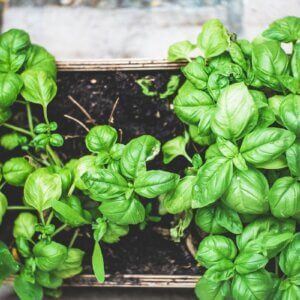
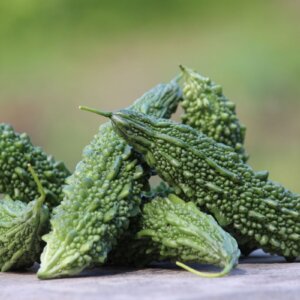



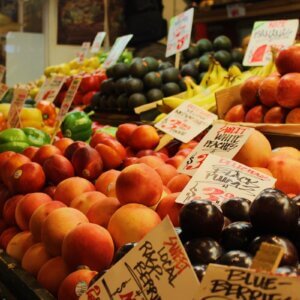






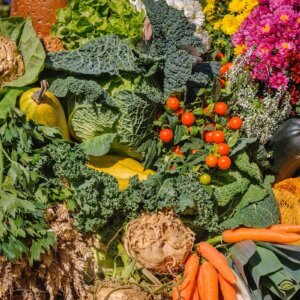


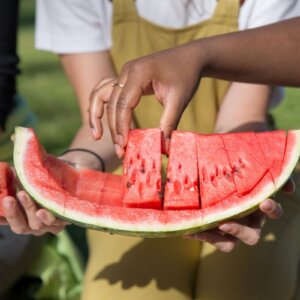

Leave a Reply